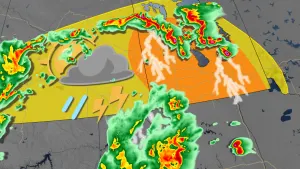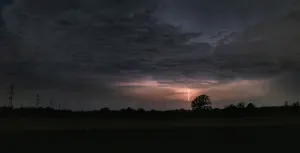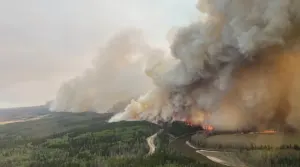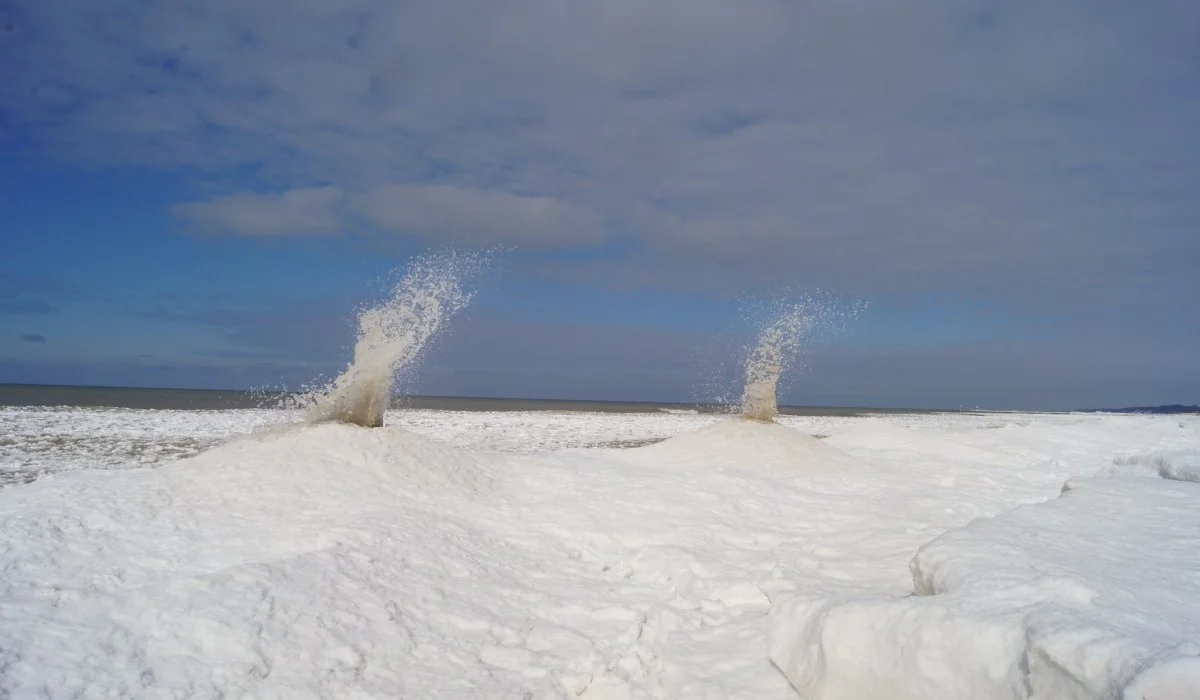
3 strange things happening on the Great Lakes this month
There's lots to see on the Great Lakes this month.
The Great Lakes are buzzing with activity this winter, with conditions aligning to create the perfect setting for ice balls, ice volcanoes, and ice shards.
Here's a closer look.
ICE BALLS FORM ON LAKE MICHIGAN
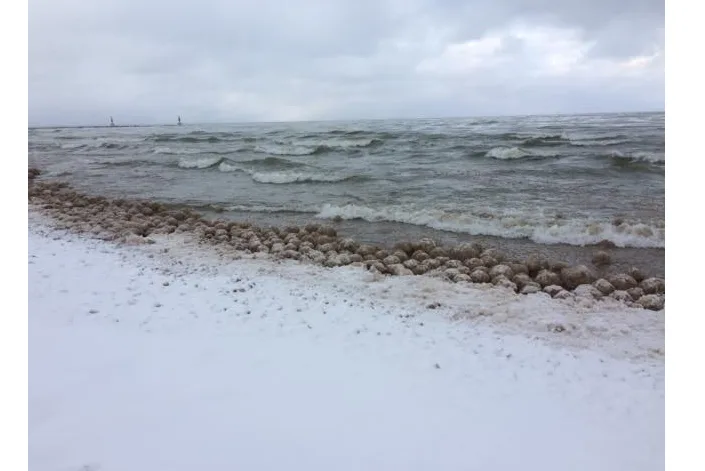
Courtesy: Holland State Park/Facebook
It takes a special mix of wind turbulence and just the right temperatures to produce ice balls -- which is exactly what manifested along Lake Michigan shores on Valentine's Day.
According to Weather Network meteorologist Tyler Hamilton, ice balls form when pieces of ice sheets break up near the shore and then stick together as they're rolled around by the water.
Light winds and freezing conditions can cause water to splash around and freeze on the boulders, helping them grow.
Experts say it's a relatively common phenomenon in Lake Michigan, and they're observed along its shores almost every year.
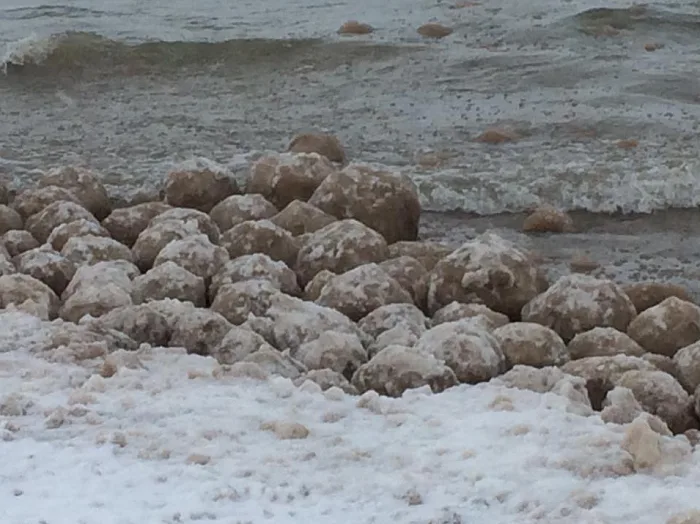
Courtesy: Holland State Park/Facebook
ICE VOLCANOES
Ice balls aren't the only thing that's popped up on Lake Michigan in recent weeks.
A cold front caused layers of ice to build up in peaks, creating frozen 'volcanos' that spout water.
"Ice volcanoes are a conical mound of ice that forms at the edge of an ice shelf," explains Weather Network meteorologist Matt Grinter.
"As waves hit the leading edge it carves through the ice ejecting water upwards into the air. As this process continues, the ejected water continuously freezes growing the ice volcano larger with each 'eruption.'"
Ice volcanoes are fun to observe but keep a safe distance. They have fragile peaks and aren't safe to climb.
If a person falls through one, there may be no way to escape.
ICE SHARDS
Ice shards were seen on Lake Superior shores in Minnesota over the weekend, creating a hypnotic scene.
"Ice shards develop when calm and very cold temperatures freeze, creating a relatively thin sheet of ice over the lake," Grinter says.
"Once waves start to develop, the ice breaks into pieces and then get pushed together into a pile. This is the same as ice shoves, however, the ice is usually thicker and requires a persistent wind from the same direction."







